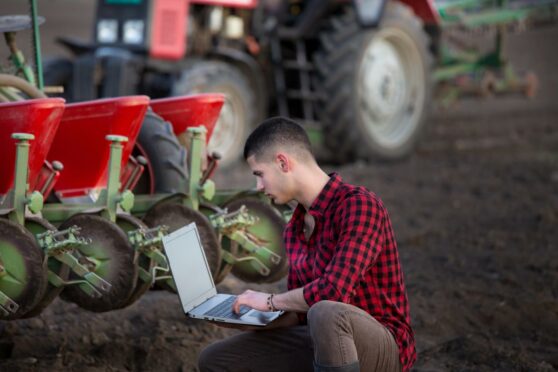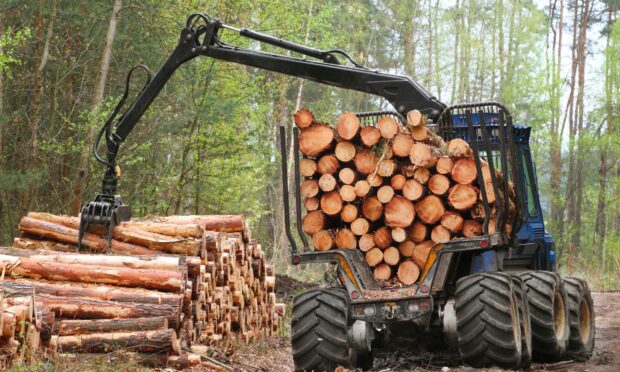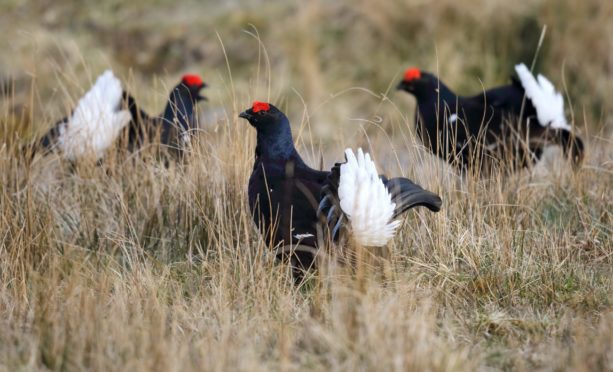There are now many ‘asks’ being made of Scotland’s farmers and crofters.
And while agricultural production remains important, there is also an expectation that our farming systems will help sequester carbon, increase woodland cover, reduce flood risk and improve biodiversity.
But Scotland’s land area is finite.
Hence delivering such a wide range of outcomes will mean integrating other types of management into existing farms and crofts.
Land managers of today and tomorrow will therefore need a broader range of knowledge and skills in order to achieve such integration effectively.
It was with this in mind that I decided three years ago to embed our work at Kirkton & Auchtertyre within a wider integrated land management department that I had created.
This ensures that our research and demonstration work is even more closely linked to the range of education and training programmes that I am now also responsible for.
So our focus on precision livestock farming at Kirkton & Auchtertyre – highlighting where a wide range of innovative technologies can provide hill farmers and crofters with data to make improved day-to-day management decisions – is not only of relevance to SRUC’s wider agricultural programmes but will also provide specific real-world examples to students on our new agricultural technology programmes.
The latter courses are focused on providing students with the skills necessary to work either in the businesses developing such technologies or in those providing advice and support to land managers in how best to use them on their farms or crofts.
SRUC’s woodland and forestry education and training also sits within my wider department.
And so our focus at Crianlarich on how trees and woodlands can be integrated into existing farms and crofts, and produce wider benefits than just timber, will become increasingly important for woodland and forestry managers to be aware of.
Indeed, it is well known that our research farms at Crianlarich sit in one of the wettest areas of Scotland, with between 2.5 and 3.5 m of rain per year.
But even so, we have experienced drought-like conditions over recent summers and are keen to integrate more trees into the farms to provide increased shelter for livestock in both summer and winter.
However, increased extreme weather events across Scotland also means that Scotland’s lowland population are looking to upland managers to manage water quantity, in order to reduce the occurrence or severity of flooding events further downstream.
Ensuring that we have the right trees in the right places in the uplands will be important to achieving both these aims.
Finally, at Kirkton & Auchtertyre we have been demonstrating for over 25 years how the management of biodiversity can be incorporated more effectively into hill farms in a wide variety of ways.
These not only include how our moorland management plan is helping rare birds like black grouse, but also how we have improved biodiversity in and around our inbye fields without adverse impacts on agricultural production.
Our wildlife and conservation management programmes train students in topics such as ecology, field skills, outdoor access, and land management and wildlife conflicts.
Hence these programmes – together with our work at Crianlarich and my team’s work elsewhere in the hills and uplands – give the students the ability to understand how such conflicts arise and also, and more importantly, how such conflicts can be resolved.
Land managers need to know how best to manage Scotland’s farmland in the future.
Improving education and skills, and especially informing how integrated land management can work in practice, will therefore continue to be an important focus of the activities on our farms.
- Professor Davy McCracken is head of SRUC’s hill and mountain research centre at Kirkton & Auchtertyre Farms near Crianlarich in Perthshire.


